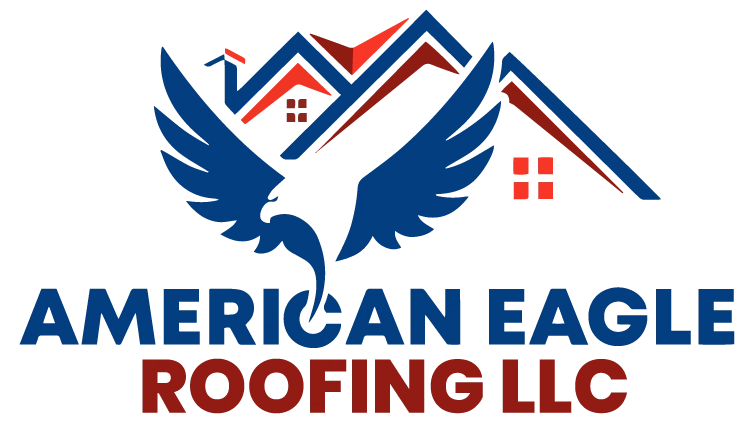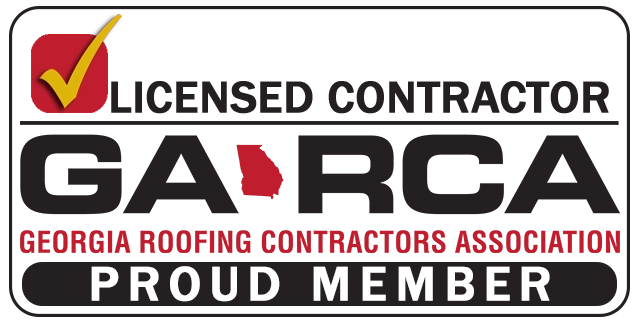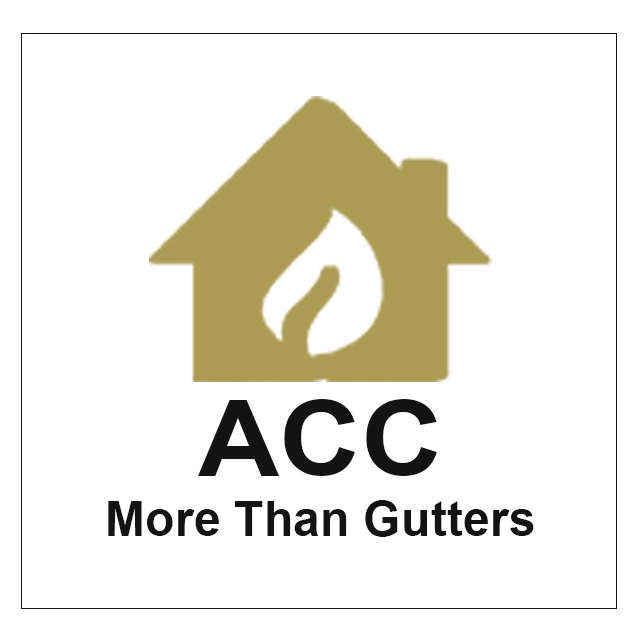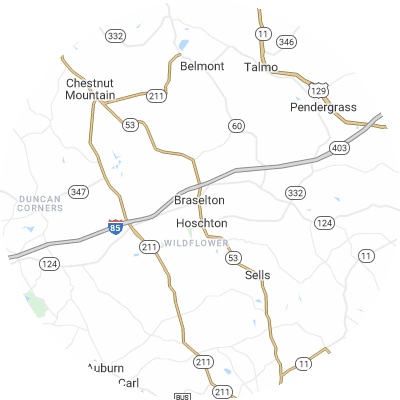Signs You May Need Gutter Guards
Gutter guards aren’t always needed, but indicators of blocked and overflowing gutters are clear. Signals of chronic gutter issues include:
- Frequent clogs that cause overflow and water to spill over gutters
- Leaky joints or seams where water leaks out of gutters
- Soggy ground or visible erosion around your house's foundation
- Visibly saggy, damaged, or misaligned gutters that no longer direct rainwater correctly
- Mold growth, peeling exterior paint, or interior water stains on walls near gutters.
How To Choose a Gutter Guard Installer
Assess Their Experience
Look for an experienced gutter guard installation provider that has been in business for multiple years and has installed many different brands and models of gutter guards. These companies know how to properly take measurements and install gutter guards on your unique home setup. Ask how long they’ve been installing guards and request local referrals.
Verify Proper Licensing and Insurance
When contacting potential installation providers, always confirm that they are properly licensed, bonded, and insured with both workers compensation and general liability protection. This protects you if any injuries or accidents occur. Ask for current licensing and insurance papers from potential providers.
Choose Reputable Brands
Look for companies that provide highly reputable gutter guard brands like Gutter Helmet and LeafFilter. Avoid companies that only install generic no-name guards or their own off-brands, which may not have gone through the same level of rigorous testing.
Seek Custom Fit Services
For the best performance, guards should be sized and trimmed on-site to fit your gutters. Select a company that custom sizes and cuts guards for your home rather than using universal guards. Accurately fitted guards won't have any gaps where debris can get trapped.
Examine Warranties
Leading gutter guard companies often offer 20-year or lifetime warranties covering leaks, clogs, rust, and other issues. When selecting a company, carefully examine the warranty details for both workmanship and materials guarantees. Warranties offer the best protection for your gutter investment.
Check Reviews and Referrals
It's a good idea to research online reviews on sites such as Yelp, Google Reviews, or the Better Business Bureau (BBB) to learn about customer experiences. You can also ask neighbors to suggest quality local gutter guard companies. When researching providers, you should opt for companies with consistently positive or good feedback instead of just one or two reviews.
Types of Gutter Guards
There are six primary types of gutter guards. These include the following:
- Foam guards are lightweight and easy to install. Debris collects on the foam instead of in your gutter. On average, you can expect to spend $2.46 per linear foot for foam guards.
- Brush guards are made of large brush bristles that sit inside your gutters, allowing water to pass through while blocking debris. On average, you can expect to spend $4.05 per linear foot for brush guards.
- Screen guards have large holes that let water flow through while stopping debris. On average, you can expect to pay $4.39 per linear foot for screen guards.
- Mesh guards stop debris but let water through. Mesh guards have even smaller holes than screen guards. They're durable and encourage debris to slide off as opposed to sitting on top of your gutters. On average, you can expect to pay $4.13 per linear foot for mesh guards.
- Micro-mesh guards are typically the most effective. They have smaller holes than standard mesh guards and let even less debris through. Micro-mesh guards cost roughly $5.21 per linear foot.
- Surface tension guards, also called reverse curve guards, use surface tension to encourage water to flow into gutters while debris slides off. Typically, they can be seen from the ground. On average, you can expect to pay $3.23 per linear foot for surface tension guards.












